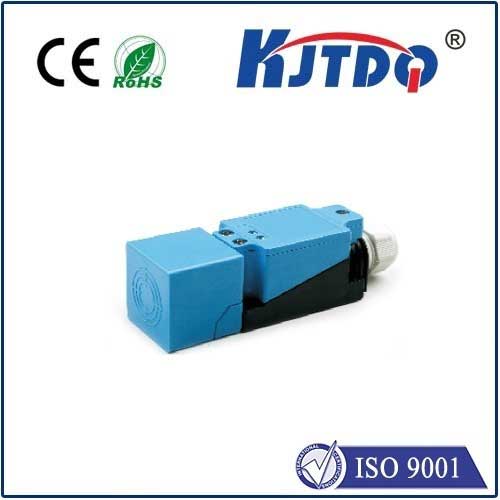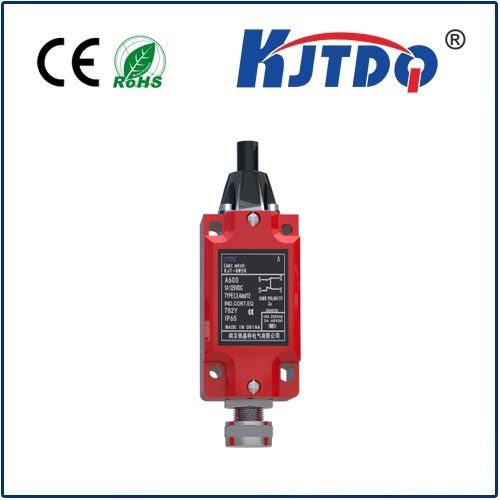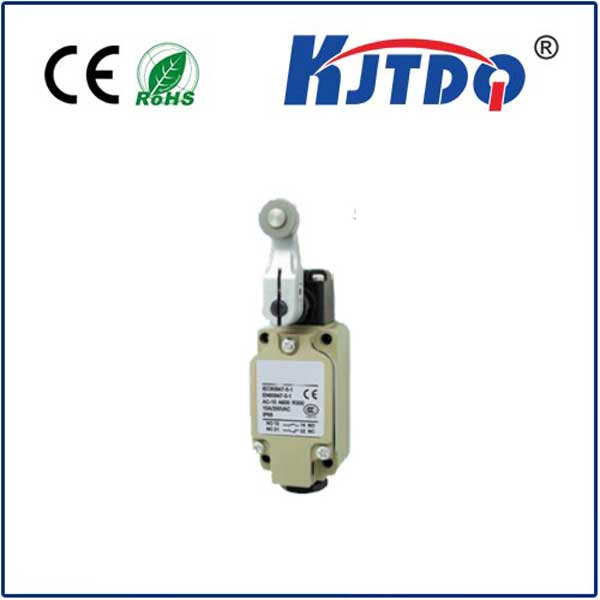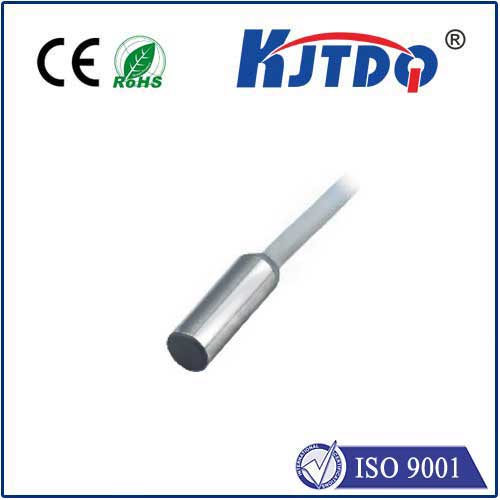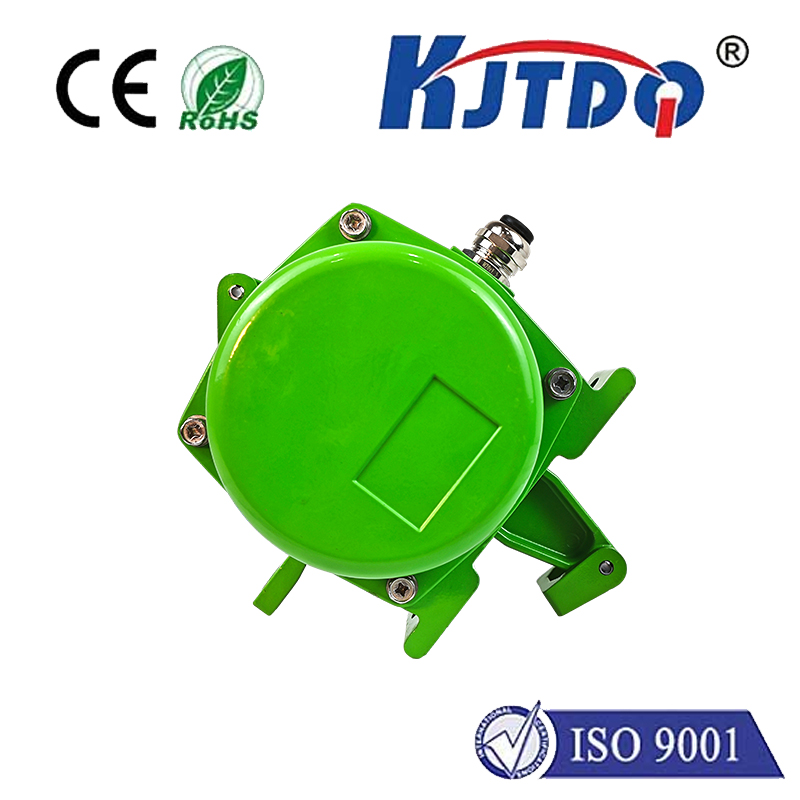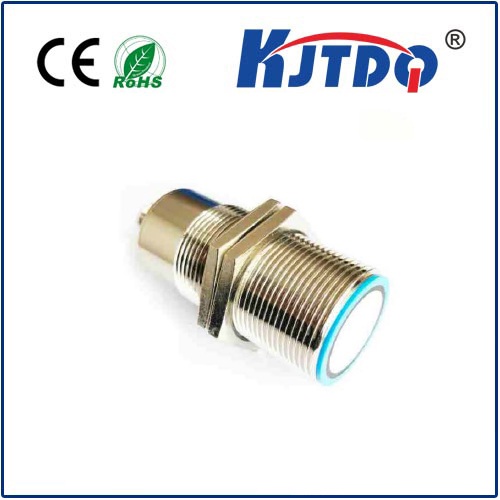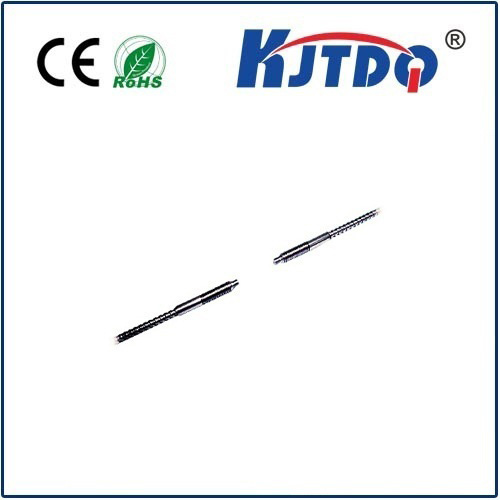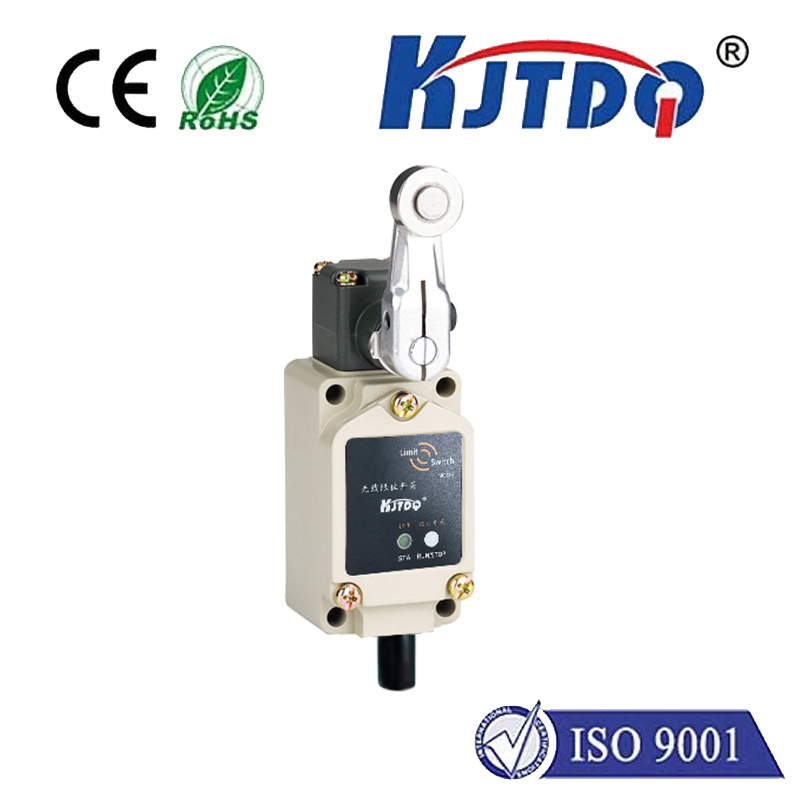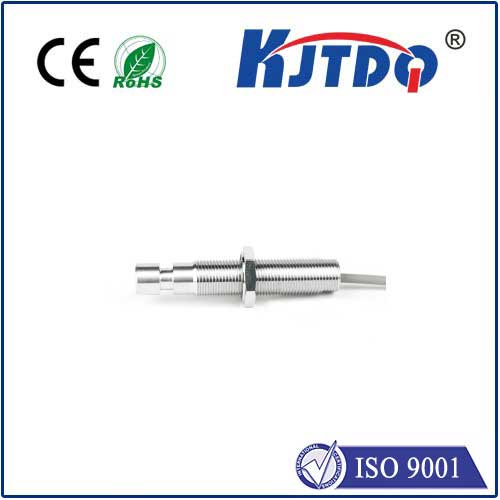

check

check

check

check

check

check

check

check

check

check

Title: The Advantages and Applications of Digital Pressure Transmitters Digital pressure transmitters have become increasingly popular in various industries due to their accuracy, reliability, and ease of use. These devices are designed to measure the pressure of fluids or gases within a system and convert this data into a digital signal that can be easily monitored and analyzed. In this article, we will explore the advantages and applications of digital pressure transmitters. Advantages of Digital Pressure Transmitters One of the main advantages of digital pressure transmitters is their ability to provide highly accurate measurements. Unlike analog transmitters, which rely on mechanical parts to measure pressure, digital transmitters use electronic sensors that can detect even the slightest changes in pressure. This results in more precise and reliable readings, which is essential for ensuring the proper functioning of industrial processes. Another advantage of digital pressure transmitters is their flexibility. These devices can be programmed to measure a wide range of pressures, from low-pressure applications like HVAC systems to high-pressure applications like oil and gas pipelines. They can also be customized to meet the specific needs of different industries, making them suitable for use in various environments. Digital pressure transmitters are also easy to install and maintain. They do not require any moving parts, which means they are less likely to experience wear and tear over time. Additionally, many digital transmitters come with user-friendly interfaces that allow users to easily configure and calibrate the device without the need for specialized knowledge or skills. Applications of Digital Pressure Transmitters Digital pressure transmitters have a wide range of applications across various industries. One of their most common uses is in the monitoring of industrial processes, such as chemical manufacturing, food processing, and power generation. By providing accurate and real-time pressure measurements, these devices help ensure that processes run smoothly and efficiently, reducing downtime and increasing productivity. Another important application of digital pressure transmitters is in the automotive industry. These devices are used to monitor the air pressure in tires, braking systems, and other critical components. By providing early warning of potential issues, digital pressure transmitters help prevent accidents and extend the lifespan of vehicles. Digital pressure transmitters are also used in medical equipment, such as respiratory therapists and anesthesia machines. These devices provide accurate and reliable measurements of patient breathing patterns and airflow rates, helping healthcare professionals deliver appropriate treatments and monitor patient progress. In conclusion, digital pressure transmitters offer numerous advantages over traditional analog transmitters, including greater accuracy, flexibility, and ease of use. Their wide range of applications makes them an essential tool for industries ranging from manufacturing to healthcare. As technology continues to advance, it is likely that digital pressure transmitters will become even more prevalent, driving innovation and efficiency across various sectors.
